




















What is window
◦History of window
◦Culture of window
◦Type of window
◦Function of window
Window as a device
◦Control
◦Transform
◦Inhabit
◦Connect
Window Perspective 01-02 03-04 05-10 11-12 11-12 13-60 15-22 23-28 29-52 53-60 61-62



The gap between solid elememts
The gap that makes things visible By merging inside-out and outside-in
The gap that and connect Architecture people and nature
When did windows first appear?
All the way back in the 13th century BC, the earliest windows were simply unglazed openings in a roof to admit light during the day This was in the days, before the development of early glazing techniques, when it was common practice in the Far East to fill window spaces with thick paper, loosely-woven fabrics, or a variety of other materials.

Invention of glass windows
The history of putting glass in windows starts around two thousand years ago in Alexandria, Egypt. That early ‘glass’ was thick and fairly opaque stuff that would have allowed light in, but was not easy to see through. It took another thousand years before a glass window became transparent enough to look out of.
18th century early 13th century
13th century
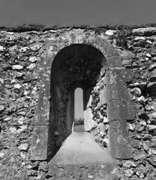
Early UK timber frames. In the 13th century, wooden window frames in the UK got their name from the Old Norse phrase for wind-eye, as this originally described an unglazed hole in a roof.









Innovations in window technology include energy-e cient glazing, smart glass that adjusts transparency, and increased focus on sustainability and environmental impact. Modern designs often emphasize large, unobstructed glass panels and integration with digital technologies.


The translucent nature of Shoji paper diffuses natural light, illuminating interiors without sacrificing privacy. By using Shoji doors as partitions, you can maintain bright, inviting spaces that feel open and connected to the outdoors, even when the doors are closed

In traditional Japanese architecture, such as Sukiya-style houses, sliding paper windows made from rice (Shoji) are designed to open out to the garden. These windows create a balanced connection between the interior space and the surrounding nature

The traditional shoji screen is a window or room divider that consists of translucent paper over a frame of wood. Shoji screens originated in Japan and were created as a sliding wooden frame with a local rice paper screen


LIGHT AND COLOR SYMBOLISM
The interplay of light and color created by the stained glass was meant to evoke a sense of the mystical and the transcendent. The light passing through these windows was often described as “lux nova” or “new light,” which symbolized the new covenant of Christ. This light transformed the interior spaces into a reflection of the heavenly Jerusalem, offering worshippers a foretaste of the divine.

Gothic Cathedrals
n Gothic architecture, light is not just a physical phenomenon but a spiritual one. The architects of Gothic cathedrals designed these buildings with an understanding that light could be a powerful symbol of God’s presence. By allowing light to flood into the vast interior spaces through stained glass, cathedrals became places where the divine could be experienced in a visceral way.





The oculus can also serve as a structural element in domes and other circular spaces. It reduces the weight of the dome, contributing to the overall stability and strength of the structure.



Pantheon in Rome, Italy
The oculus window is a powerful architectural feature that combines function with deep symbolic meaning. It serves as a bridge between the physical and spiritual worlds, using light as a medium to convey the presence of the divine in sacred spaces. The Pantheon in Rome remains one of the most iconic examples, illustrating how the oculus can transform a structure into a symbol of the heavens.
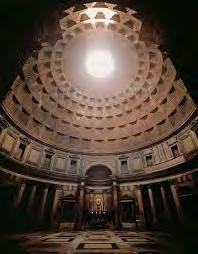
SYMBOLISM OF THE OCULUS WINDOW
The circular shape of the oculus represents infinity, unity, and perfection, symbolizing the eternal and omnipresent nature of God. It's often considered the "eye of God" watching over the faithful. The oculus often represents a direct link between the heavens and the earthly realm.








CONTROL
EXPAND INHABIT
reflected
high window
low window
high and low window
low and high window
lantern window
lantern window
pivoting
casement hopper awning








TOP VIEW
BOTTOM VIEW
ANGLED VIEW


HORIZONTAL










divide two coners
frameless frame
blend two coner wider the space





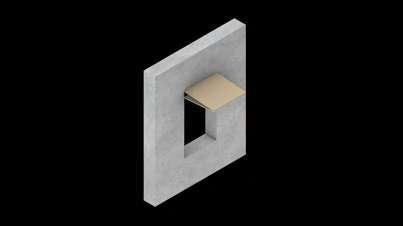




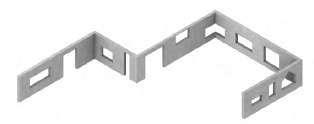

INHABIT AS SPACE
b oo ks he lf wardr ob e
c ou nter di ning bed room



f old ing counter rain guard

A large window or bay window can be converted into a cozy bed nook. By extending the window sill and adding a mattress or custom bedding, the window becomes a perfect spot for a daybed or even a full sleeping area.


Lofted Sleeping Area: In rooms with high ceilings, a window near the top of the wall can serve as a light source for a lofted bed. Enhancing functionality in small or compact living spaces

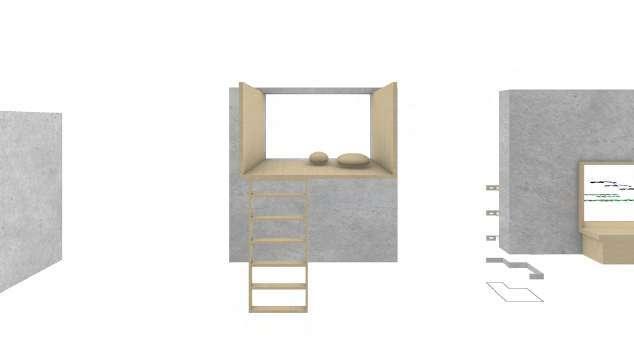



A bay window with a built-in bench can be used as seating for a dining table. The table can be positioned adjacent to the window, creating a bright and inviting dining nook.
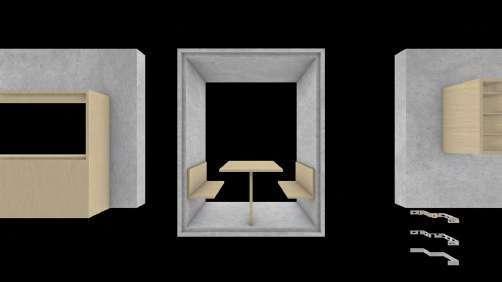


Built-in Seating: A bay window can be designed with a built-in bench or seating area. This creates a cozy nook perfect for reading or relaxing, and often includes storage underneath the seat.


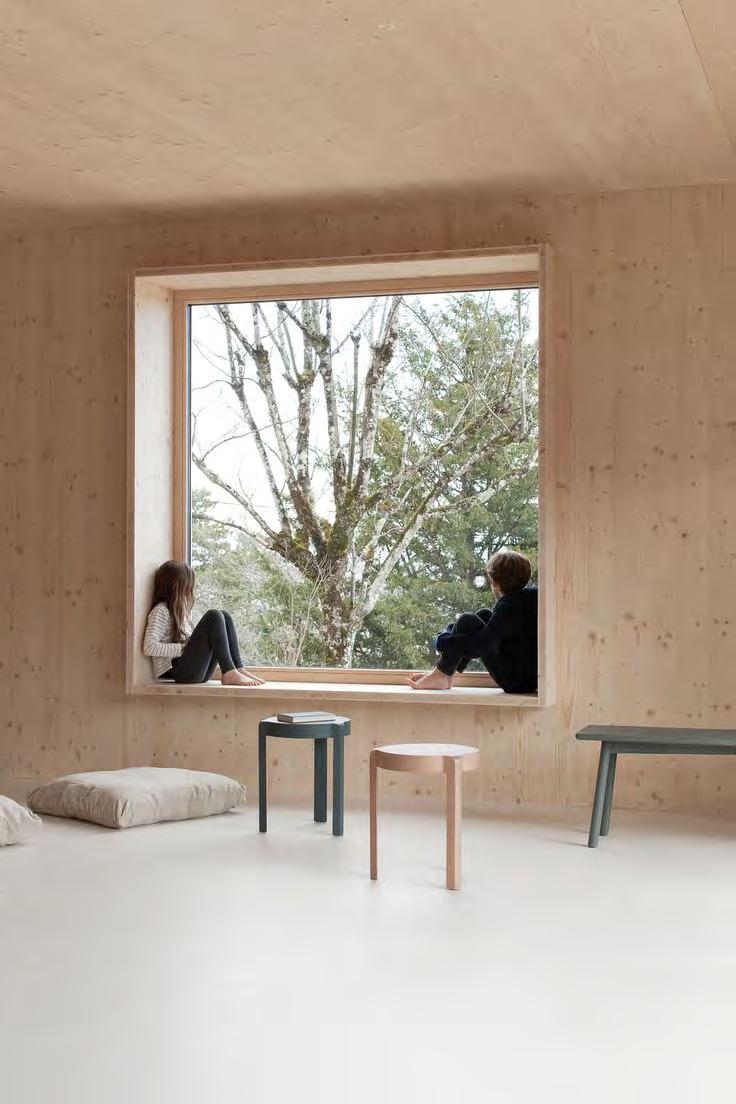
Desk Integration: A bay window can be converted into a functional desk space by installing a custom-built desk that fits within the bay. This setup provides ample natural light, which is ideal for working or studying.














connnectivity of interaction


















connectivity between floor connectivity with community




no connection

Focal Point
blending atmostphere
unites for nature

know what
prescribed function

unites for community

